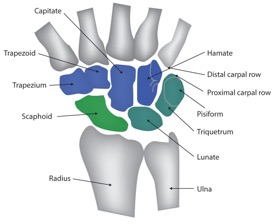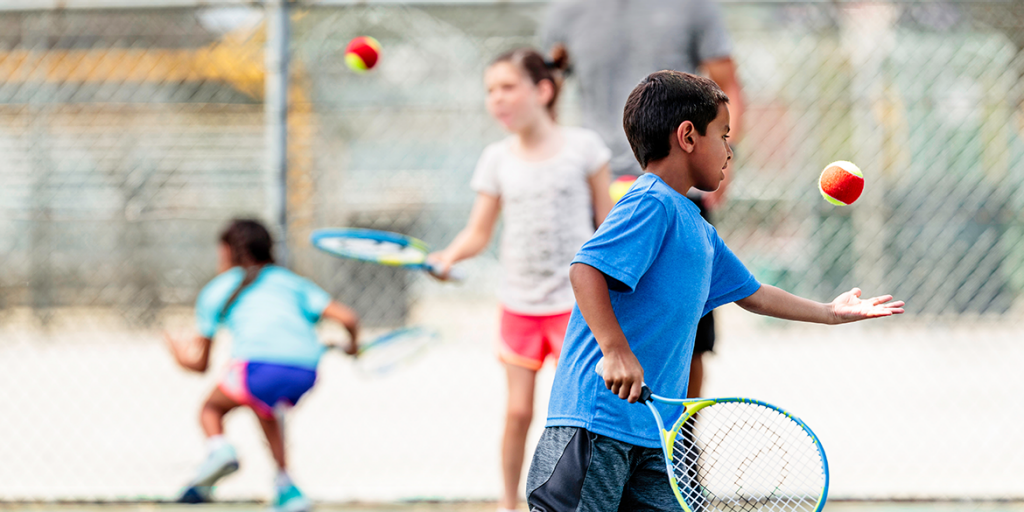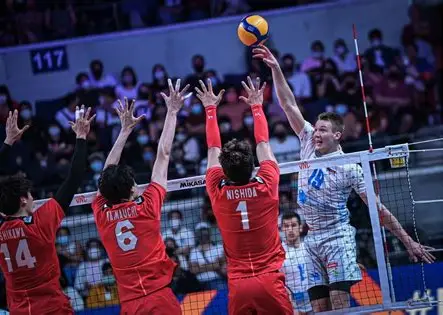The image of the strong, high-achieving female athlete is empowering — but sometimes, behind the scenes, young women face invisible struggles. The Female Athlete Triad is a serious health condition that affects many active girls and women, often without their knowledge.
It’s not about how fit someone looks — it’s about what’s happening inside the body.
What is the Female Athlete Triad?
The Female Athlete Triad is a medical syndrome involving three interrelated components:
1. Low Energy Availability (with or without disordered eating)
2. Menstrual Dysfunction (irregular or absent periods)
3. Low Bone Mineral Density (weakened bones)
Even one of these can signal a health risk.
All three together can seriously compromise long-term health and performance.
Breaking Down the Triad
1. Low Energy Availability (LEA)
Occurs when an athlete burns more energy than she eats, leaving too little for basic body functions.
• May or may not involve intentional calorie restriction
• Can be caused by overtraining, under-fueling, or both
• Symptoms: fatigue, poor performance, slow recovery, mood swings
2. Menstrual Dysfunction
A key sign the body is conserving energy.
• Amenorrhea: no period for 3+ months
• Oligomenorrhea: irregular or infrequent cycles
• Often ignored or even seen as “normal” in athletes — it’s not.
3. Low Bone Mineral Density (BMD)
Lack of proper fueling and estrogen leads to weakened bones.
• Increased risk of stress fractures
• Long-term risk of osteoporosis
• BMD loss during teen years can have lifelong impact
Who’s at Risk?
• Dancers, gymnasts, distance runners, figure skaters — sports emphasizing leanness or endurance
• Athletes with perfectionist tendencies or body image concerns
• Youth with irregular eating patterns or pressure to perform
• Athletes who normalize missed periods or ignore chronic fatigue
Why It Matters
The Triad can lead to:
• Injury (especially bone injuries)
• Delayed puberty and growth
• Infertility in adulthood
• Mental health struggles (anxiety, depression, eating disorders)
• Burnout and withdrawal from sport
Prevention and Recovery
Action Why It Helps
Education Athletes, parents, and coaches must understand energy balance and menstrual health
Open communication Encourage young athletes to speak up about skipped periods or fatigue
Proper nutrition Fuel needs should match training demands — carbs, protein, and fats all matter
Rest and recovery Reduce training intensity when signs of burnout appear
Medical screening Include questions about period history and stress fractures in sports physicals
When to See a Doctor
A young female athlete should be evaluated by a physician or sports medicine provider if:
• She hasn’t had her first period by age 15
• Her periods stop for 3+ months
• She experiences repeated stress fractures
• She shows signs of disordered eating or body image concerns
Treatment often involves:
• Nutrition counseling
• Training adjustments
• Hormonal and bone health monitoring
• Mental health support
Message to Young Athletes
“Strong is more than fast. Healthy is more than lean.”
Taking care of your energy, cycles, and bones will help you perform longer, recover better, and feel stronger — for life. Your body is your most important teammate. Listen to it.




